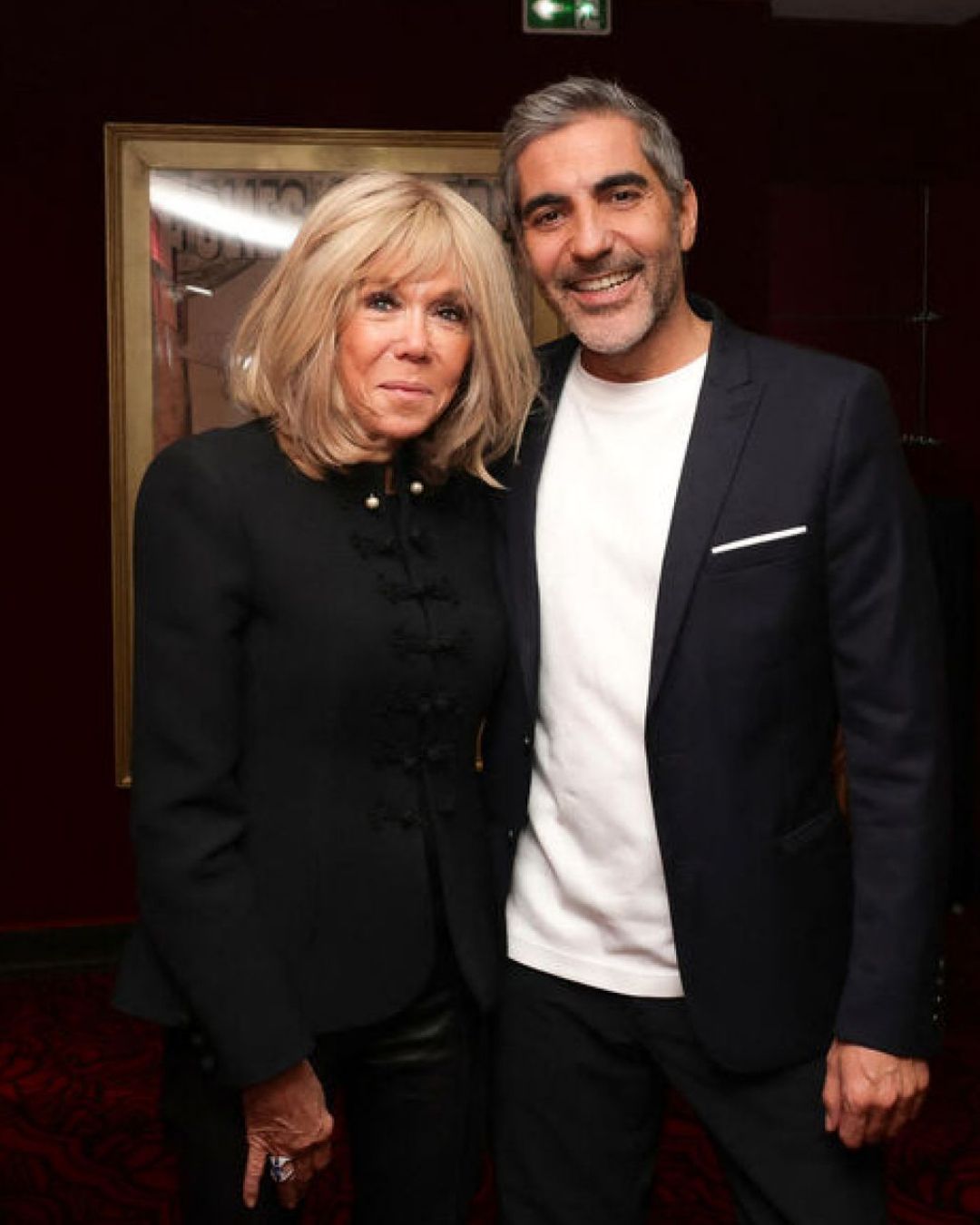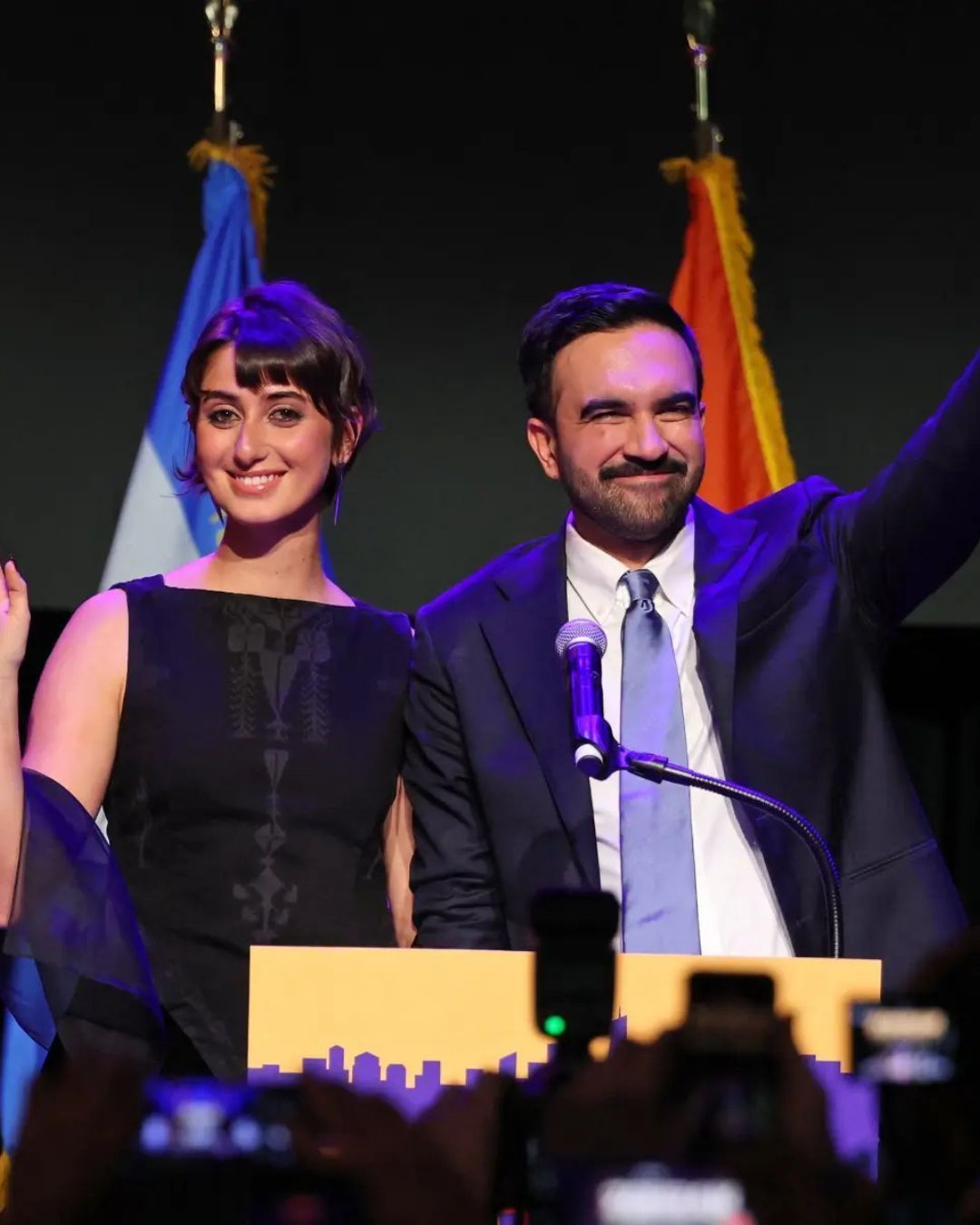
Do models represent women or not? Between body positivity and inclusivity female representation is a cultural thing
"Models don't represent women," said Maria Grazia Chiuri in a recent interview with the Washington Post, referring to the beauty standards that animate the runways that do not include a realistic view of women. According to Dior's creative director, "We need to change a mentality" that identifies models as unattainable beauty icons and start recognizing models as professionals who wear a garment with the purpose of projecting the imagery described by a brand onto the body of the hypothetical consumer. Female representation doesn't just come through the models on the runways, but the statement, released regarding the conversation about the thinness of the French fashion house's models, ignites the legitimate question: do models represent an ideal of real beauty or not?
In recent times, fashion has opened itself up to strong changes in representation and inclusion, embracing sensitive social issues to better represent its audience. Firstly, with the Black Lives Matter movement, fashion has understood the importance of de-marginalizing black models from photo shoots, but above all it has opened the doors of the industry to diversity, starting a path that may have tokenistic overtones but still contribute to representing a society that aims at eliminating cultural discrimination. Then, the issue of body positivity, thanks to which even bodies previously seen as "non-conforming" to the glossy way of editorials and catwalks began to be represented, with the entry into vogue of personalities such as Ashley Graham, Paloma Elsesser and Precious Lee Ali Tate Cutler and Devyn Garcia who began to populate IG feeds, TV series and especially catwalks of major brands. The discourse of inclusivity and body positivity also embraces body-shaming, which can result in both fat-shaming and thin-shaming, assuming equally negative valence.
The normalization of the models' professionalism suggested by Chiuri may come naturally to the eyes of an insider, especially given the creative director's desire for female representation, who with her "We Should All Be Feminists" t-shirt sent a clear message about the direction she wants to take the brand. Her first catwalk for the historic maison in 17 marked the creative director's desire to bring female gaze to the service of women and with clothes designed for them with a text analysis with wild protagonists, Women running with the wolves, in which it is also possible to find traces of attempts subversion of the patriarchal structure of society. "I want to introduce in the maison a natural attitude, to dress women to feel at ease, to feel their beauty," Maria Grazia had told Vanity Fair, taking the responsibility to evolve the heritage of the man who, with the intention of freeing women from the darkness of war, designed hourglass figures with very narrow waists dictating the post-war fashion with the New Look. "There is no way to be a feminist," she had added, sealing her commitment to the representation of the female gaze.
This latest statement therefore stands as a voice outside the chorus with respect to the previously mentioned issues of inclusivity, diversity and communication, but it represents a lucid point of view within the fashion system that sees the need for a change of mindset with respect to the value we place on the catwalks. Would it be better to include social value in fashion by favoring a more inclusive representation and sensitive to body positivity or to be concrete and distinguish the profession from an ideal when it comes to women's bodies? What is certain is that female representation is a cultural phenomenon that runs on the thin line between market and social balances, and only by talking about it can it consolidate in a positive way.

























































